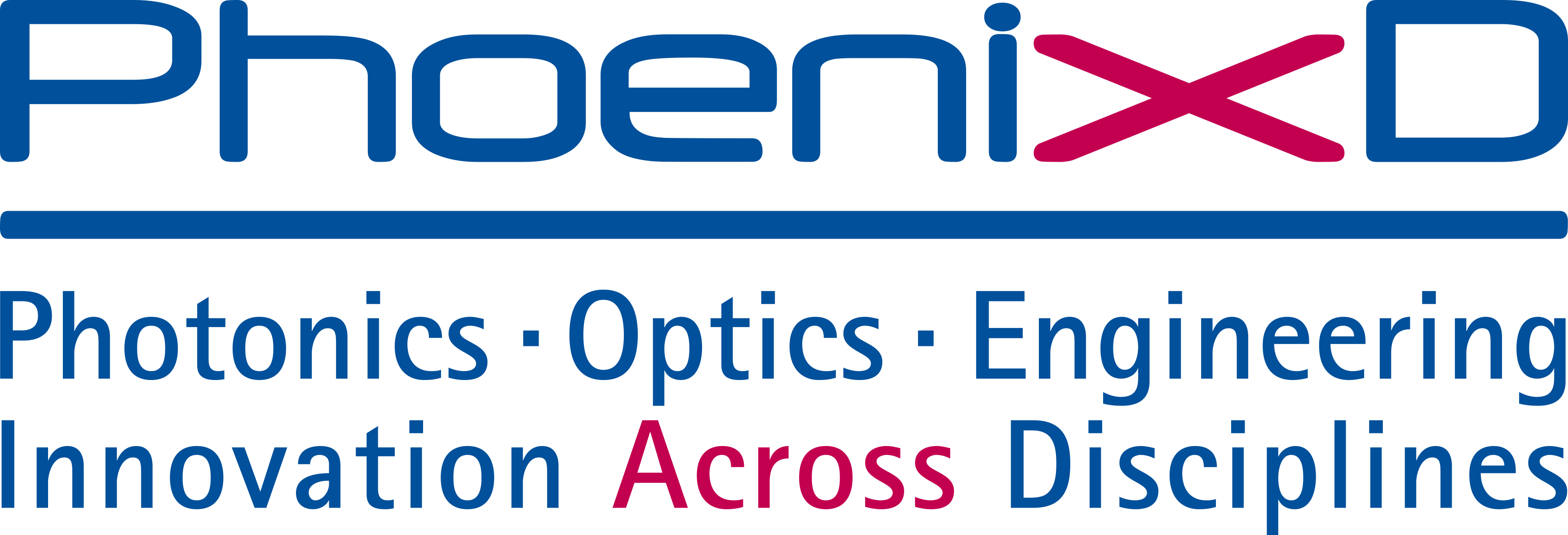VCSEL with integrated customized lens as highly sensitive stand-alone sensing element to measure distance changes in the nm-range
- authored by
- A. Günther, P. Kotra, W. Kowalsky, B. Roth
- Abstract
Vertical-cavity surface-emitting lasers (VCSELs) are well established as light sources in integrated photonics or for communication purposes. We investigate the VCSELs for their utilization as highly sensitive topography sensor. The system is based on creating a coupled resonator configuration with the VCSEL as a central element. In this context, the back reflection of a sample surface affects the internal resonator conditions of the VCSEL resulting in a change of the emitted wavelength and operating current, respectively, if the operating voltage is kept constant. Hereby, the signal change is mainly affected by the sample’s reflectivity and the length of the coupled resonator which offers the potential for different types of applications. Our experimental findings show that a measurable and reproducible change of the operating current can be detected when moving the sample by a few nm in vertical direction. The first experiments required additional bulky objective lenses to focus the emitted beam on the sample surface. To avoid such optical elements in the setup we printed a customized lens on the emission window of the VCSEL using a two-photon polymerization systems to realize a stand-alone integrated sensor. We will present our recent experimental and simulation results, show first topography measurements and discuss both possible future application in precision metrology as well as how the capability of the coupled resonator to change the emission wavelength enables a sensing concept without expensive electronic devices by using a glass substrate pre-structured with selective laser etching.
- Organisation(s)
-
Hannover Centre for Optical Technologies (HOT)
PhoenixD: Photonics, Optics, and Engineering - Innovation Across Disciplines
- External Organisation(s)
-
Technische Universität Braunschweig
- Type
- Conference contribution
- No. of pages
- 5
- Publication date
- 13.03.2024
- Publication status
- Published
- Peer reviewed
- Yes
- ASJC Scopus subject areas
- Electronic, Optical and Magnetic Materials, Condensed Matter Physics, Computer Science Applications, Applied Mathematics, Electrical and Electronic Engineering
- Electronic version(s)
-
https://doi.org/10.1117/12.3000222 (Access:
Closed)


